How does the toilet work on the plane, or Why it was impossible to eat blue ice before
Categories: History | Technology
By Pictolic https://pictolic.com/article/how-does-the-toilet-work-on-the-plane-or-why-it-was-impossible-to-eat-blue-ice-before.htmlThe elderly Thompson couple, resting on the porch of their home in Florida, were unpleasantly surprised when a viscous liquid, similar to crude oil, spilled from a plane flying over them onto the roof of the house and lawn. They decided that it was engine oil or some other products used in aviation. But the police who arrived at the scene upset the pensioners. They informed them that the black goo was the contents of the airplane toilet. Is it possible? Of course, because it was the 1950s on the street. And how are things with this now?
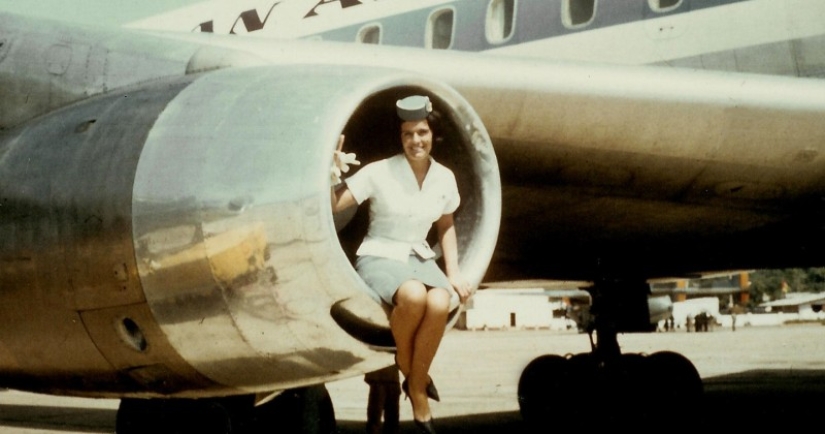
The incident that happened to the Thompsons was not an isolated one. Such "embarrassments" occurred all over the world. They were connected with the fact that the toilets in passenger airliners were arranged very simply. The toilet was connected to a pipe through which its contents were splashed after flushing overboard. By the early 60s, there were so many complaints about unpleasant surprises that there was a need to change something.
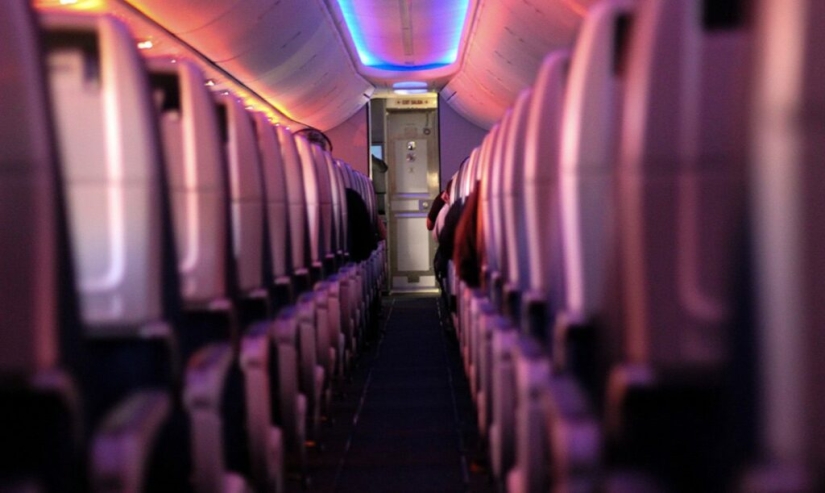
So there was a complex system with an antiseptic that reigned in the world of civil aviation for more than 20 years. The toilet was a system with a reservoir of disinfecting liquid. It is used in bio toilets today. The blue solution was pumped through the pipes after using the toilet, and split the feces. After that, the liquid was poured out.
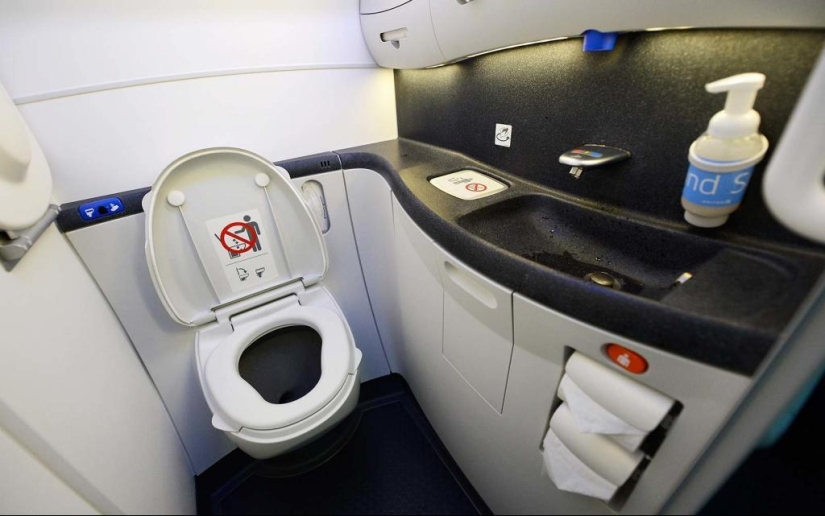
But this design was also far from perfect. At high altitudes, antiseptic with water and faeces often froze. Because of this, the contents of the toilet fell out in the form of a piece of blue ice. Such a lump often caused even more problems than the fetid slime. Ice falling from under the clouds could kill a person and even break through the roof of a house.
In 1976, American engineer James Kemper invented a vacuum toilet, which is still used today. It was first installed in its liners by Boeing in 1982. The unpleasant sound that we hear from the toilet bowl on the plane indicates the proper operation of the Camper system. After pressing the flush button, the valve separating the toilet from the pipeline opens. A vacuum is created in it by the pump, so the waste just flies in there.
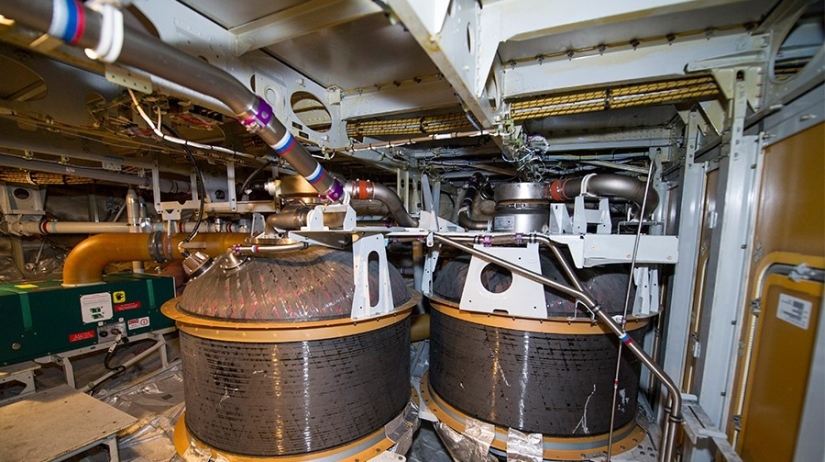
After that, the contents of the toilet make their way through the pipe to the tail of the aircraft. There it gets into the tank, where it is stored until landing. At the airport, a sewage disposal machine drives up to the liner, which empties the tank. After the tank of the car is filled, its contents are drained into the sewer.
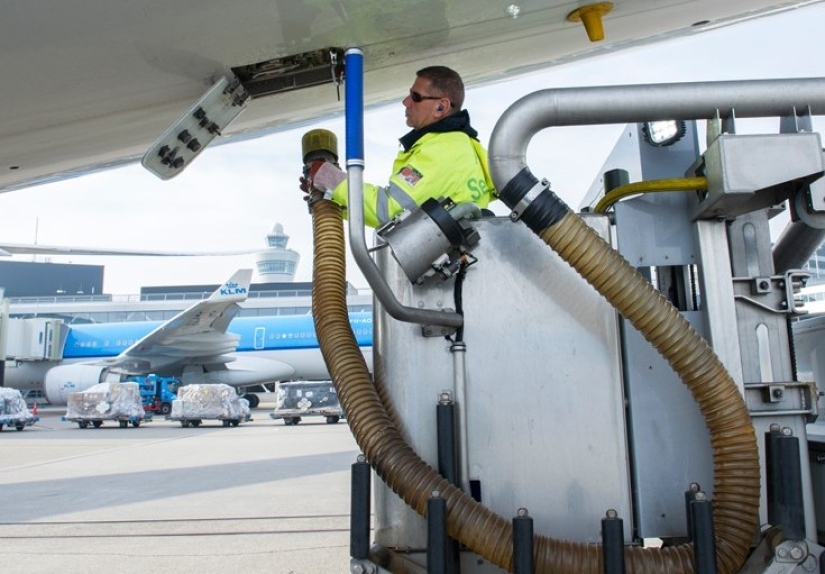
The system, created almost half a century ago, copes with its task perfectly. But she also has weaknesses. One of them is excessive legibility. Sometimes passengers accidentally or intentionally throw various objects into the toilets. Because of them, the system becomes clogged, and it can only be cleaned on the ground. Therefore, such a faulty toilet is closed before boarding. By the way, there have been cases when, due to problems with toilets, the plane had to make an emergency landing!
Airliners are constantly being improved to become even more comfortable, faster and safer. Some innovations do not come from a good life. For example, the case of the mysterious hijacker enriched the technical dictionary of aviators in 1971 with such a concept as "Cooper's shoulder blade".
Recent articles

Ready to let out your wildest fantasies? View that creates American digital artist Konzhe Marcus (Marcus Conge), which connects the ...

Tatiana Gavrilova, better known by her creative pseudonym TanikoGa— is a Russian artist from Shlisselburg who loves cats and ...

Among the indigenous people of New Zealand, the Maori, tattoos were an integral part of their culture. All representatives of this ...